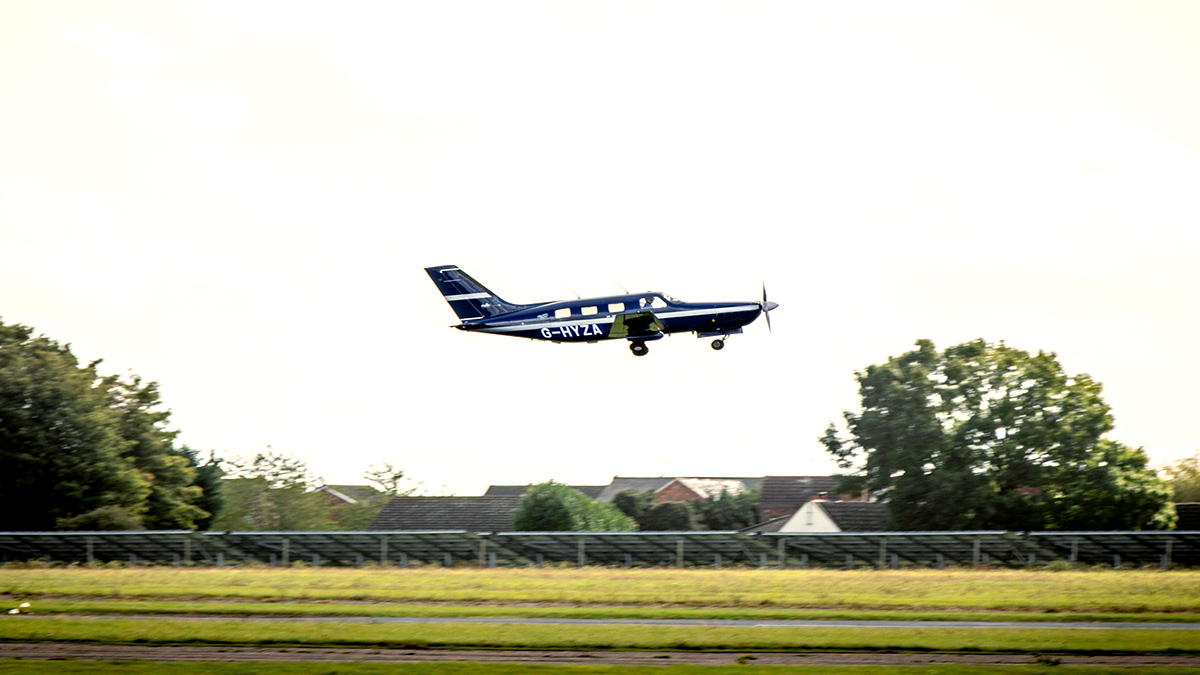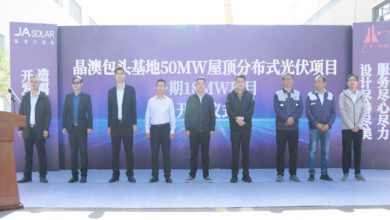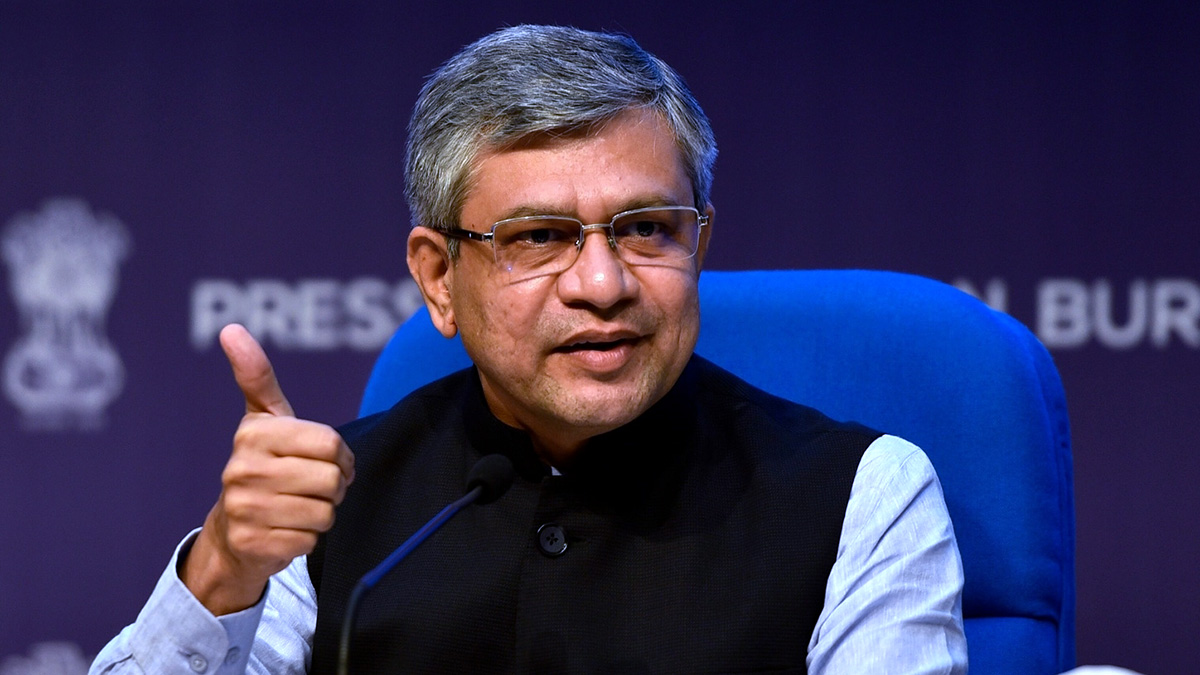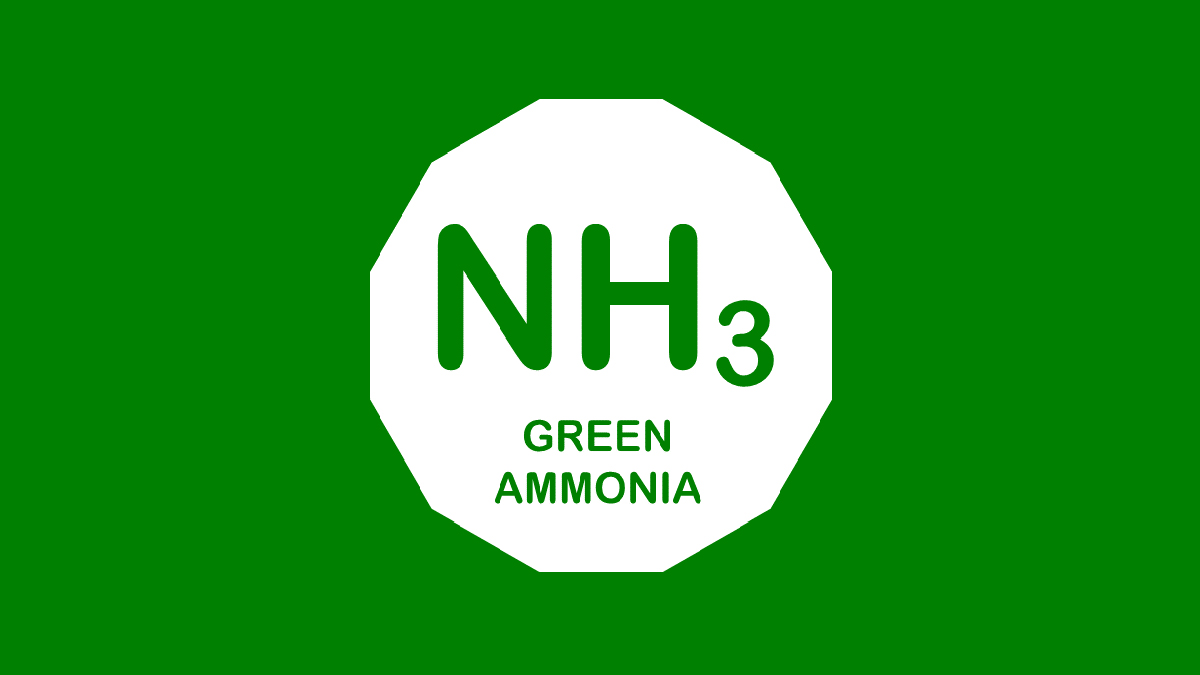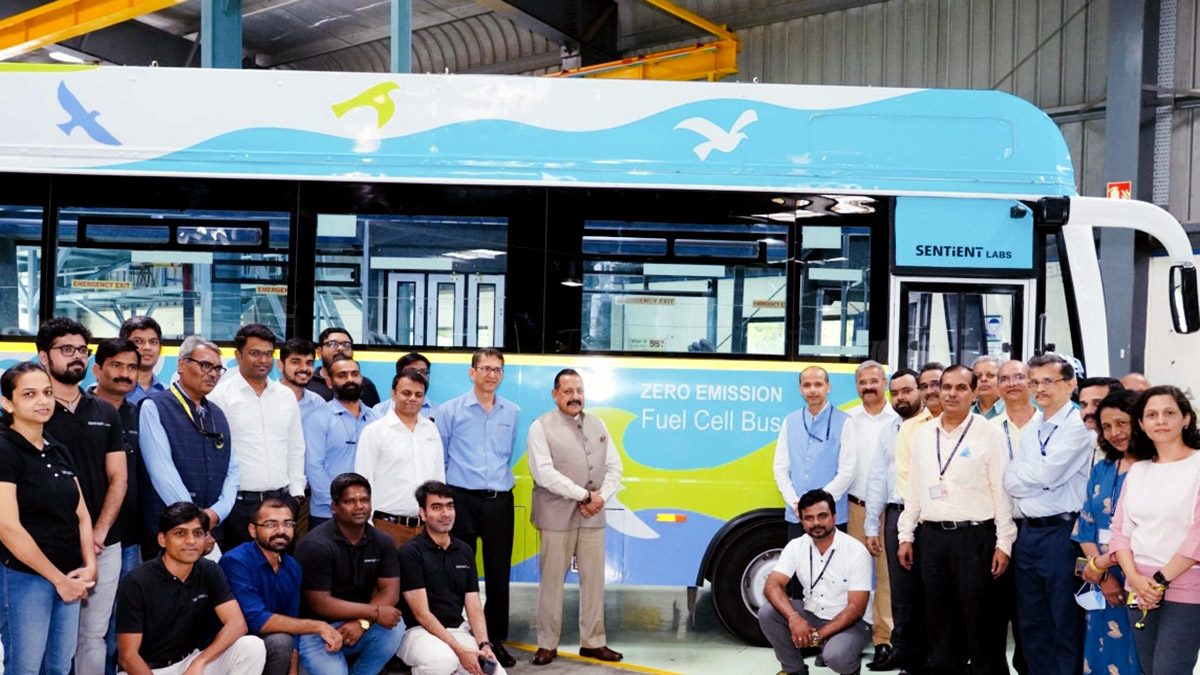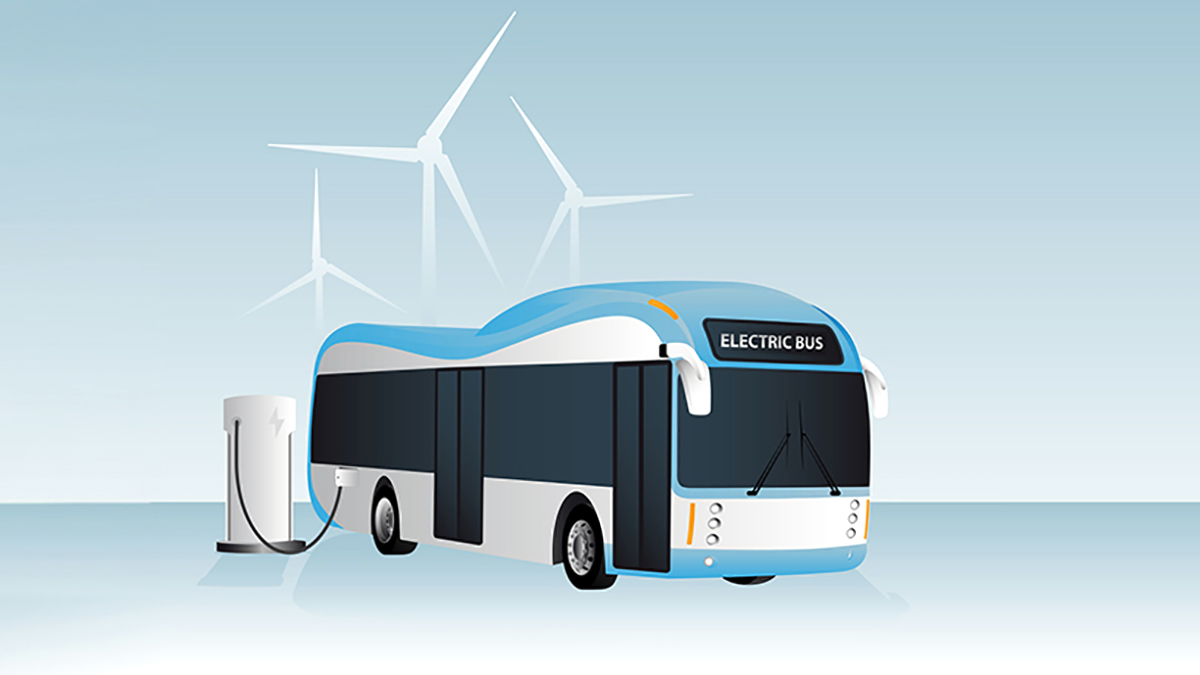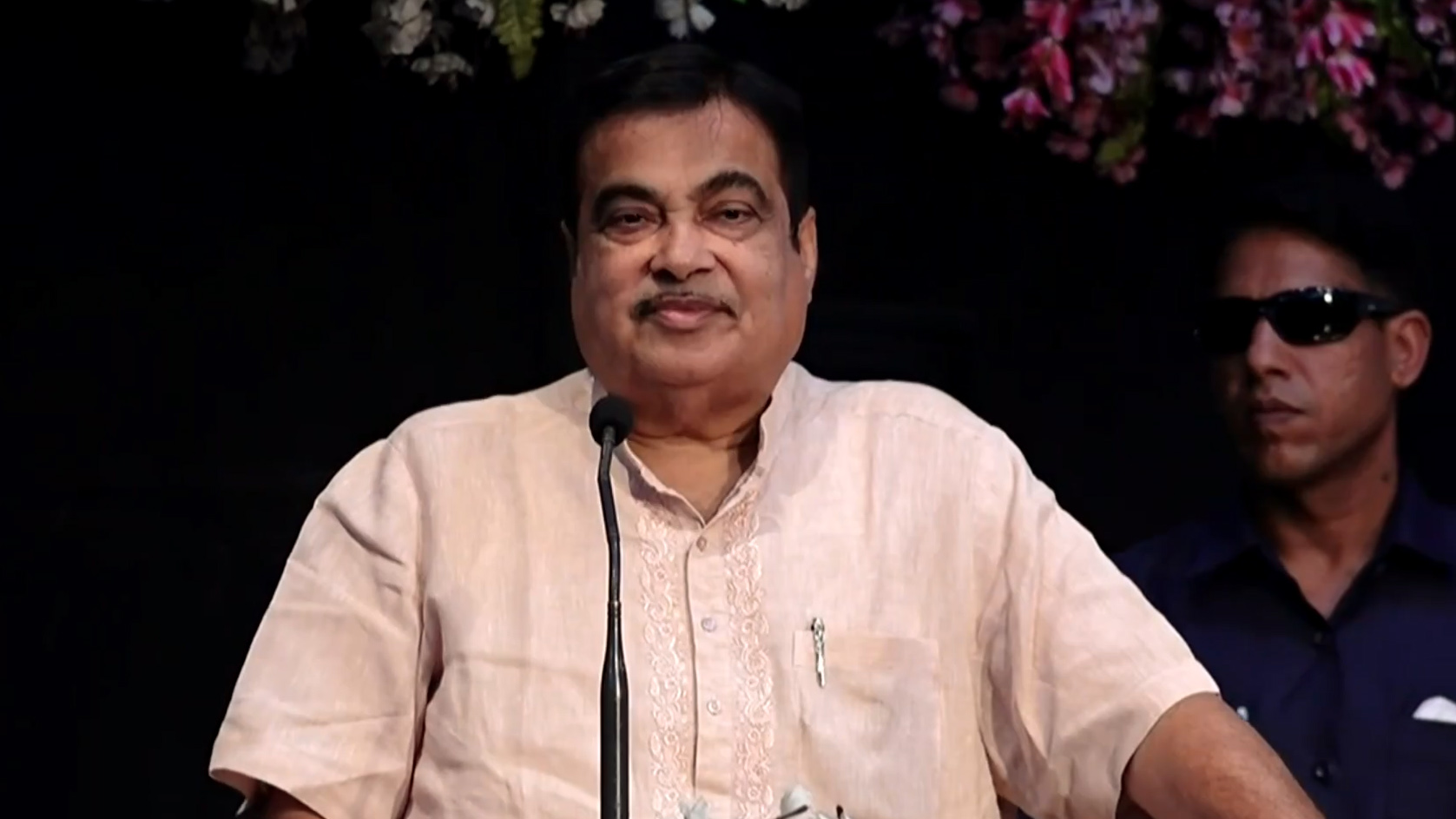ZeroAvia has completed the world first hydrogen fuel cell powered flight of a commercial grade aircraft. The flight took place at the company’s R&D facility in Cranfield, England, with the Piper M-class six-seat plane completing taxi, take-off, a full pattern circuit, and landing. This achievement is the first step to realising the transformational possibilities of moving from fossil fuels to zero-emission hydrogen as the primary energy source for commercial aviation. Eventually, and without any new fundamental science required, hydrogen-powered aircraft will match the flight distances and payload of the current fossil fuel aircraft.
This major milestone on the road to commercial zero-emission flight is part of the HyFlyer project, a sequential R&D programme supported by the UK Government and follows the UK’s first ever commercial scale battery electric flight, conducted in the same aircraft in June. ZeroAvia will now turn its attention to the next and final stage of its six-seat development program a 250 mile zero emission flight out of an airfield in Orkney before the end of the year. The demonstration of this range is roughly equivalent to busy major routes such as Los Angeles to San Francisco or London to Edinburgh.
Through the HyFlyer project, ZeroAvia is working with key partners the European Marine Energy Centre (EMEC) and Intelligent Energy to decarbonise medium-range small passenger aircraft by demonstrating powertrain technology to replace conventional engines in propeller aircraft. Intelligent Energy will optimise its high power fuel cell technology for application in aviation whilst EMEC, producers of green hydrogen from renewable energy, will supply the hydrogen required for flight tests and develop a mobile refuelling platform compatible with the plane.
In addition to all the aircraft work, ZeroAvia and EMEC have developed the Hydrogen Airport Refuelling Ecosystem (HARE) at Cranfield Airport – a microcosm of what the hydrogen airport ecosystem will look like in terms of green hydrogen production, storage, refuelling and fuel cell powered-flight. This also marks another world’s first – a fully operational hydrogen production and refuelling airport facility for primary commercial aircraft propulsion.
The successful flight represents good news for the aviation industry’s role in supporting the net zero transition, but also raises hopes for innovation that can reduce commercial challenges in the medium term, particularly important for the industry as it considers the post pandemic recovery. ZeroAvia’s hydrogen-electric powertrain is projected to have lower operating costs than its jet-fuelled competition due to lower fuel and maintenance costs. The company plans to control hydrogen fuel production and supply for its powertrains, and other commercial customers, substantially reducing the fuel availability and pricing risks for the entire market.


